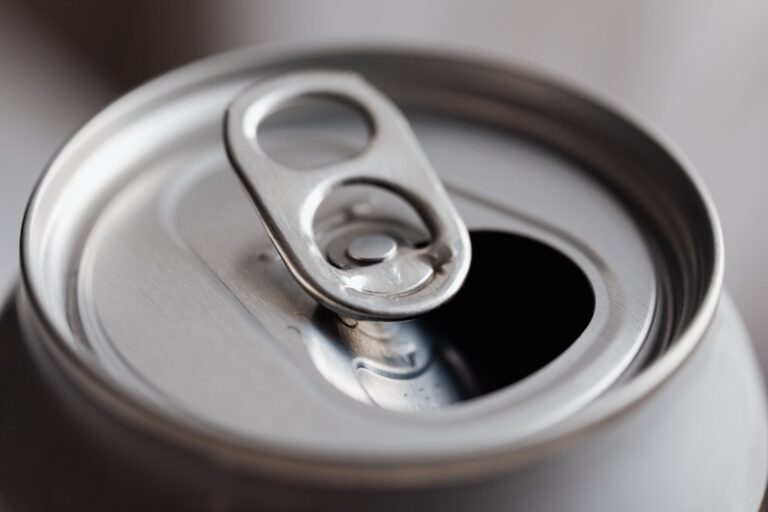Why Do Carbonated Drinks Explode in the Freezer (Dec 2023)

Few things are more refreshing than an ice-cold carbonated beverage on a scorching day. But what happens when you forget a soda can or bottle in the freezer for a little too long? You’re greeted with a fizzy explosion waiting to happen. In this article, we’ll delve into the science behind why carbonated drinks explode in the freezer and how to prevent this chilling catastrophe.

The Science of Carbonation
Before we dive into the freezer dilemma, it’s essential to understand how carbonation works:
- Carbon Dioxide (CO2): Carbonated beverages contain dissolved carbon dioxide gas (CO2). When sealed in a container, the CO2 is under pressure, keeping it in a dissolved state.
- Temperature and Pressure: Temperature has a significant impact on the solubility of gases like CO2 in liquids. Lower temperatures increase gas solubility, while higher temperatures decrease it.
Why Do Carbonated Drinks Explode in the Freezer?
Carbonated drinks left in the freezer can lead to explosions due to a combination of factors:
- Supercooling: When a carbonated drink is exposed to freezing temperatures, it can become supercooled. This means the liquid remains in a liquid state below its normal freezing point. In this state, the drink is supercooled and has not yet formed ice crystals.
- Pressure Buildup: The pressure inside a carbonated drink container remains relatively constant until you open it. As the temperature drops, CO2 becomes less soluble in the liquid, and some of it may begin to come out of solution in the form of gas.
- Formation of Ice: When you eventually take the supercooled drink out of the freezer and open it, it can suddenly crystallize and freeze. This rapid freezing results in a sudden increase in pressure inside the container.
- Container Weakness: Containers may have weak points or defects that make them susceptible to the increased pressure. This can lead to the container rupturing or an explosion.
Data Table: Temperature vs. Risk of Explosion
| Temperature (°F) | Risk of Explosion |
| Freezing (32°F) | High |
| Below Freezing | Very High |
How to Prevent Carbonated Drinks from Exploding in the Freezer
To enjoy your favorite carbonated drinks without the fear of freezer explosions, follow these precautions:
1. Don’t Store Them in the Freezer
The most straightforward solution is to avoid storing carbonated drinks in the freezer for extended periods. Instead, keep them in the refrigerator or cooler to maintain their refreshing chill without the risk of freezing.
2. Limit Freezer Time
If you need to cool down your drinks quickly, limit their time in the freezer. Set a timer for 15-20 minutes to prevent them from reaching the supercooled state. Remember to check on them promptly.
3. Use a Chilling Coaster
Chilling coasters or sleeves designed for beverage containers can rapidly cool your drinks without risking supercooling. These sleeves can be kept in the freezer and then slipped onto your drink to cool it down.
4. Open with Caution
If you’ve accidentally left a carbonated drink in the freezer and it’s supercooled, handle it with care when opening. Open it slowly to release any excess gas, minimizing the risk of an explosion.
Key Takeaways
- Carbonated drinks explode in the freezer due to supercooling, pressure buildup, and rapid freezing when opened.
- The risk of explosion is highest when drinks are stored below freezing temperatures.
- Prevent freezer explosions by not storing carbonated drinks in the freezer, limiting freezer time, using chilling coasters, and opening supercooled drinks with caution.
In conclusion, understanding the science behind carbonation and the risks associated with freezing carbonated drinks can help you enjoy your beverages safely. Avoid storing them in the freezer for extended periods, use alternative cooling methods, and open supercooled drinks with caution. By doing so, you can savor the refreshing taste of your carbonated drinks without the icy chaos of an unexpected explosion.





